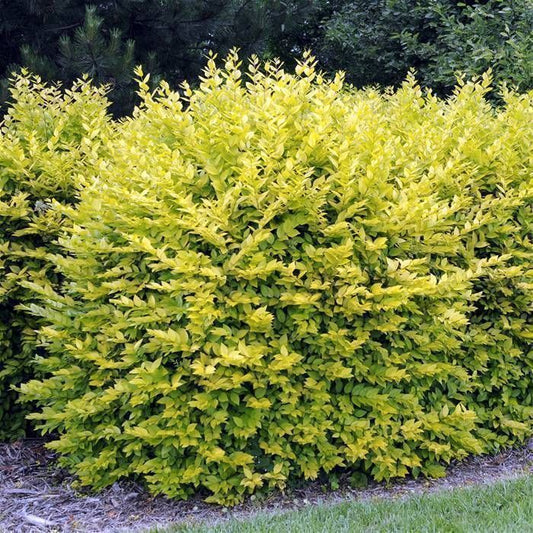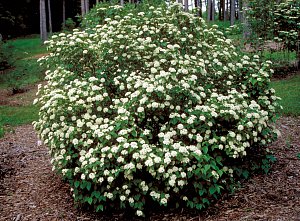News

Best Privacy Evergreen Trees
Do you need an evergreen hedge or privacy border year-round by your home to promote privacy around your pool and playset or to make a border to separate your property...
Best Privacy Evergreen Trees
Do you need an evergreen hedge or privacy border year-round by your home to promote privacy around your pool and playset or to make a border to separate your property...

The Simple Joys Of Home
Nothing adorns your yard's landscaping or complements your home's interior decors like flowers and plants. The pleasures of home gardening provide an excellent way to relieve stress and get in...
The Simple Joys Of Home
Nothing adorns your yard's landscaping or complements your home's interior decors like flowers and plants. The pleasures of home gardening provide an excellent way to relieve stress and get in...

Beautify Your Landscape With A Privacy Hedge
Adding a privacy hedge as part of your home's landscape will surely bring pleasure to you and your family. It likely also will be the envy of your neighbors. If...
Beautify Your Landscape With A Privacy Hedge
Adding a privacy hedge as part of your home's landscape will surely bring pleasure to you and your family. It likely also will be the envy of your neighbors. If...

Arrowwood Viburnum
Arrowwood Viburnum - Viburnum dentatum is a native of the northeastern quarter of the U.S. and southern Canada. This member of the honeysuckle family is known as arrowwood because the...
Arrowwood Viburnum
Arrowwood Viburnum - Viburnum dentatum is a native of the northeastern quarter of the U.S. and southern Canada. This member of the honeysuckle family is known as arrowwood because the...

Designing a Celebrity-Style Landscape
The allure of celebrity style is a powerful force. The closest counterpart to European royalty available in American society, celebrities and their accouterment are the stuff of dreams, and their...
Designing a Celebrity-Style Landscape
The allure of celebrity style is a powerful force. The closest counterpart to European royalty available in American society, celebrities and their accouterment are the stuff of dreams, and their...

Gardening Hygiene
Believe it or not, there is no such thing as gardening hygiene. Just like humans, plants can also be affected by harmful microbes. There are good bacteria that form in...
Gardening Hygiene
Believe it or not, there is no such thing as gardening hygiene. Just like humans, plants can also be affected by harmful microbes. There are good bacteria that form in...
